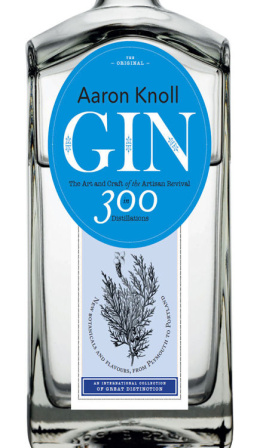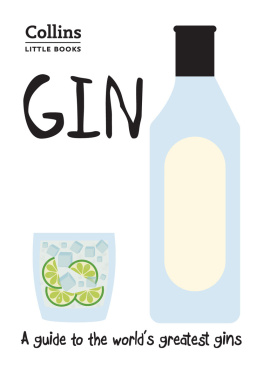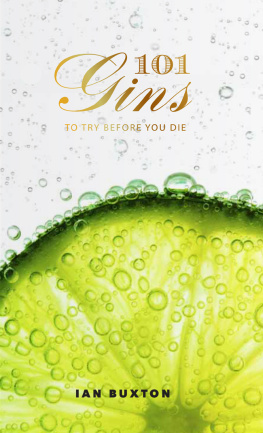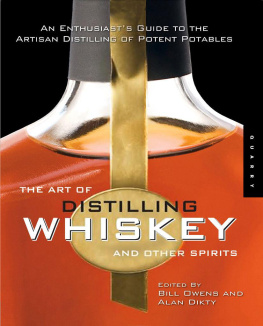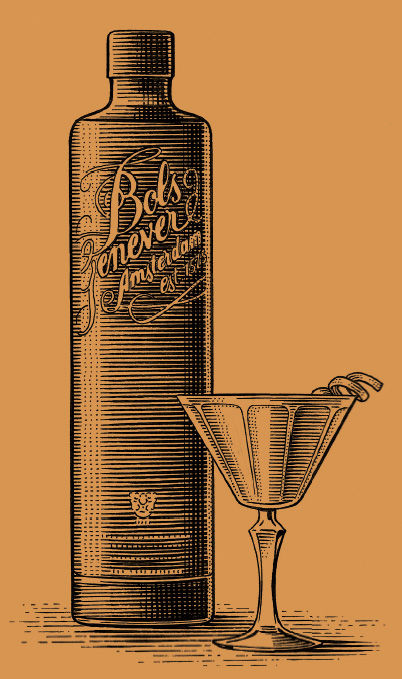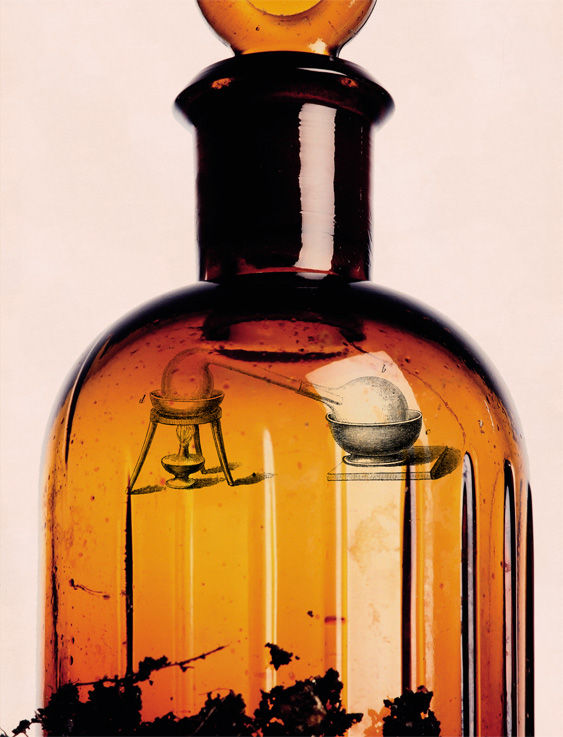Contents
H OW A PLANT SUCH AS JUNIPER catches the eye of a human, and how they are both then inspired to engage in a long, mutually beneficial relationship, is a complicated thing. There has to be an initial attraction that makes a person look closer at a plant in the first place. That attraction can sometimes be one of appearance, sometimes one of accessibility, or even necessity. But no matter what that first attractor might be, it is most often its usefulness to the other species that determines whether or not it gets a second look. To take from the world of marketing and, much later, of gin: You sell a first sip with the appearance and the ad campaign, but you sell a second sip with the actual product itself.
We can use this lens to look at how juniper first captured the eye of our distant ancestors, and trace it through history to understand how it came to be the primary flavouring in gin. Though we begin with a look at the prehistory of juniper, this particular strain underlies the narrative in each of the other histories contained in this chapter. Essentially the whole story of gin is how mankind fell in love with juniper. And it begins at the very beginning.
Juniper has a knack for finding a niche, and thriving in it, having been grown successfully in all of its many different forms of species in numerous eco-regions for hundreds of thousands of years. Despite this, its range expanded further after the last ice age, which was 10,000 years ago. Junipers can be found in tropical Africa, the forests of eastern Europe, Tibet, the Pinyon-Juniper woodlands in the deserts of the western United States, and nearly anywhere else in the northern hemisphere. As juniper was so common it should come as no surprise that many people around the world used the plant as part of their daily lives.
As far back as the Palaeolithic era the coniferous juniper shrub was in common use. Archaeologists have discovered that the Lascaux Cave in France, famous for its thousands of engravings and paintings, was lit by the juniper branch. And indeed researchers found that the branches doubled as wicks for the inhabitants of the cave. Theres a certain romanticism around the notion that the very painters who left us some of the best examples of Stone Age art, more than 15,000 years ago, created their vivid depictions of aurochs and deer to the light of an illuminated juniper branch.
The Lascaux Cave is by no means the only Palaeolithic site where evidence of juniper use has been found. Charcoals from burnt juniper have been found in sites in Western Macedonia and in Neolithic sites in what is now modern-day Jordan, as well as along the Dalmatian coast and in Adriatic settlements elsewhere in Europe. Though we cant be sure if the berries themselves were the objects of desire, or whether it was the branch on which they had grown, their presence is a sign that people were indeed aware of the aromatic properties of juniper. The sweet, piney, fresh air and charred pine aromas of burnt juniper are, after all, hugely memorable.
Its worth pointing out that thus far, the sites Ive mentioned are all places where juniper was known to have been growing indigenously at the time people were recorded as using it. This is certainly a situation where accessibility and necessity drove the use of the conifer. After all, the juniper plant is short and readily available, with branches that are easy to grab. To track the transition of juniper from a plant of convenience to one of desire, we have to look for evidence that juniper was being found and used in places outside of its native range. This is a tall order for a conifer that has found a niche nearly everywhere in the northern hemisphere.
However, by at least 1500 BC (and possibly much earlier), we find evidence of exactly that. Research shows that whatever utilitarian or aromatic properties our distant ancestors discovered, they warranted special treatment and the transport of the plant to new areas. Kyphi is a well chronicled and much researched ancient Egyptian incense or perfume that took the form of a scented paste. Among its ingredients are many plants that will seem familiar to anyone who has ever looked up a list of botanicals for a gin: orris root, mint, cinnamon, cassia, cardamom and juniper to name but a few. Perhaps this is one of the earliest historical examples of the aroma accord that underlies many gins being put to good use.
J UNIPER HAS BEEN USED FOR ITS CURATIVE POWER by cultures going back as far as the ancient Egyptians. A papyrus that dates to 1550 BC suggests juniper as a cure for headaches, or a mixture of oil and the berry to cure tapeworm affliction. Aristotle was writing about the curative powers of juniper in Europe during the fourth century BC.
The Ebers Papyrus contains several juniper-based cures.
Among the most detailed records of junipers medical prowess is Pliny the Elders work during the first century AD. Juniper, it was said, could cure stomach pains, and even repel snakes. Additionally, a whole slew of ailments including affections of the uterus, griping pains in bowels or even convulsions can be treated by drinking a mixture of white wine with juniper berries.
Pliny the Elder knew a thing or two about smells, and believed the aroma of juniper could ward off snakes.
Galen wrote in the second century AD that juniper berries clear out material in the liver and kidneys it thins thick viscid humours and produce[s] urine flow to a moderate extent.
Arabic scholars in the 9th and 10th centuries AD wrote of junipers abortive properties. Some even suggested proactive use of juniper might prevent an unwanted pregnancy.
By the 11th century, knowledge of distillation had arrived in Europe. At this time monks in Italy were distilling aqua vitae or water of life from wine. Its important to note that these early spirits held symbolic power for these men of faith. But as they experimented with these waters, they sought to imbue them with additional healing properties using the pharmacopoeia of the day. Though there arent precise records available, its most likely that juniper was among the early ingredients they experimented with. Firstly, because it grew rampantly all over Italy and secondly, because of its acknowledged curative powers.
Medieval distillation equipment was crude and was unable to produce quality spirits.
A PLAGUE OF JUNIPER
It was during the mid 14th century that some pathogens hitched a ride on some fleas, which hitched a ride on some rats, and helped spawned one of the deadliest pandemics in the history of the world. By the 1350s Europe was gripped with feelings of helplessness, agony and horror.

